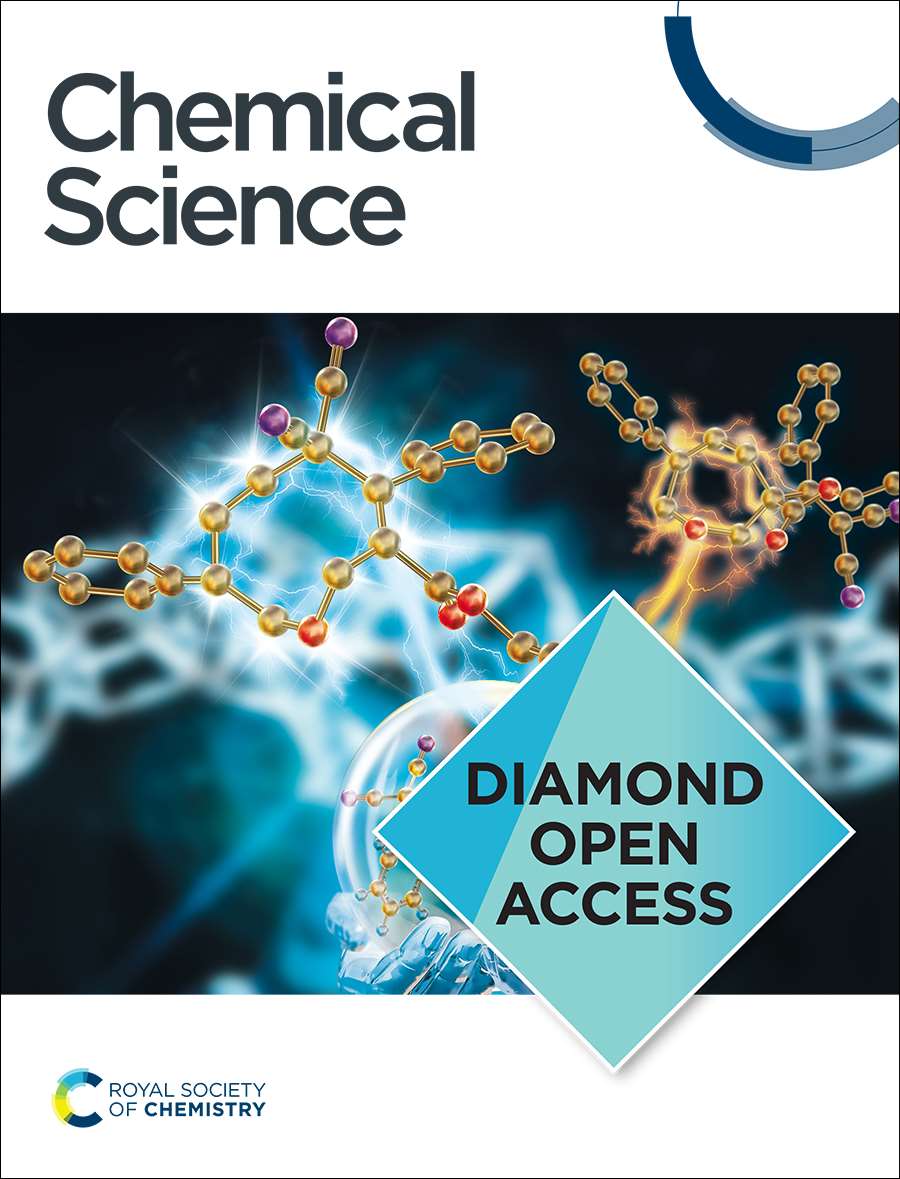Regulating the donor number of solvents for long-cycle anode-free lithium metal batteries
IF 7.6
1区 化学
Q1 CHEMISTRY, MULTIDISCIPLINARY
引用次数: 0
Abstract
Anode-free lithium-metal batteries (AFLMBs) are one of the up-and-coming high-energy-density battery systems because they eliminate the need for conventional graphite electrodes or excess lithium metal anodes (LMAs). However, AFLMBs have serious problems of low coulombic efficiencies (CEs) and poor cycle stability. Herein, this study proposes a local high-concentration electrolyte (LHCE) based on donor number (DN) modulation, which achieves stable dissolution of LiNO3 and an anion-enhanced solvation structure through the synergistic action of a high DN solvent (Tetraglyme, G4) and an ultra-low DN diluent (1,1,2,2-tetrafluoroethyl-2,2,3,3-tetrafluoropropyl ether, TTE). The design addresses the core challenges of low CEs and poor cycling stability in AFLMBs due to the lack of lithium source. Computational and experimental results show that regulating the DN value of the solvent significantly reduces the Li+ desolvation energy and forms an inorganic-rich solid electrolyte interphase (SEI), which guides the uniform deposition of Li. The electrolyte achieves a high CE (about 99.0%) and long cycle life (1400 h). Based on this, AFLMB maintains 86.3% capacity after 50 cycles, far exceeding the 25-cycle life of conventional carbonate electrolytes (CCE).长循环无阳极锂金属电池溶剂用量的调节
无阳极锂金属电池(aflmb)是一种新兴的高能量密度电池系统,因为它消除了对传统石墨电极或过量锂金属阳极(lma)的需求。然而,aflmb存在严重的库仑效率低和循环稳定性差的问题。本研究提出了一种基于供体数(DN)调制的局部高浓度电解质(LHCE),通过高DN溶剂(Tetraglyme, G4)和超低DN稀释剂(1,1,2,2-四氟乙基-2,2,3,3-四氟丙基醚,TTE)的协同作用,实现了LiNO3的稳定溶解和阴离子增强的溶剂化结构。该设计解决了由于缺乏锂源而导致的aflmb低CEs和循环稳定性差的核心挑战。计算和实验结果表明,调节溶剂的DN值可显著降低Li+的脱溶能,形成富无机固体电解质界面相(SEI),引导Li的均匀沉积。该电解质具有高CE(约99.0%)和长循环寿命(1400 h)。基于此,AFLMB在循环50次后仍能保持86.3%的容量,远远超过常规碳酸盐电解质(CCE)的25次循环寿命。
本文章由计算机程序翻译,如有差异,请以英文原文为准。
求助全文
约1分钟内获得全文
求助全文
来源期刊

Chemical Science
CHEMISTRY, MULTIDISCIPLINARY-
CiteScore
14.40
自引率
4.80%
发文量
1352
审稿时长
2.1 months
期刊介绍:
Chemical Science is a journal that encompasses various disciplines within the chemical sciences. Its scope includes publishing ground-breaking research with significant implications for its respective field, as well as appealing to a wider audience in related areas. To be considered for publication, articles must showcase innovative and original advances in their field of study and be presented in a manner that is understandable to scientists from diverse backgrounds. However, the journal generally does not publish highly specialized research.
 求助内容:
求助内容: 应助结果提醒方式:
应助结果提醒方式:


